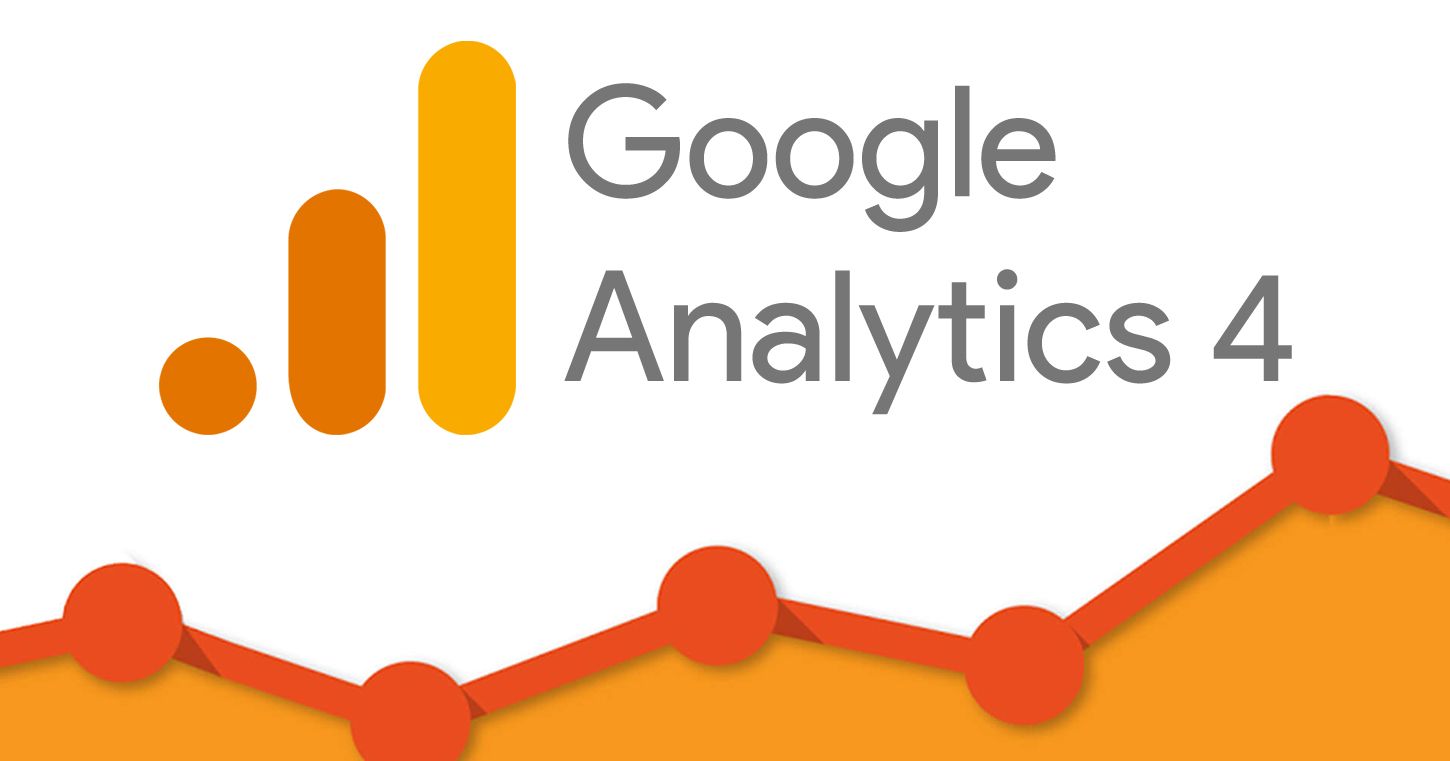From Good to Great: How to Create the Perfect Webinar
From Good to Great: How to Create the Perfect Webinar

Webinars are beneficial for both the creators and the participants. Rather than holding a large conference or business meeting where everyone is responsible for travel and lodging, the seminar is held online. Professionals can come together and watch a presentation, engage in conversation and advance their professional skills from the comfort and convenience of their home or workplace. It’s a win-win for everyone.
The built-in benefits of webinars include close communication, brand awareness and cost savings. However, in order to see these benefits, you must have the perfect webinar for people to attend. A great webinar goes beyond an interesting topic. To be successful, planning and coordination is essential.
In this post, we’ll teach you how to take your webinar from good to great and establish yourself as a thought leader.
Get Your Audience Excited
Like any event, it’s important to reach out to your audience and let them know of your webinar. When and where will it be held? The best place to share details is on social media. (Note: Take other time zones into consideration. Try to host your event at a time that is convenient for everyone.)
Create a hashtag for your Tweets and Facebook posts so that your audience can follow the discussion. Write blog posts explaining what your webinar will be about and highlights to get excited for, such as guest speakers or giveaways. Also, ask people to post their questions in advance so that any confusion is cleared up before the big day.
Invite a Guest Speaker
A great way to rev up anticipation for your event is by inviting a guest speaker. Guest speakers are important for a couple of reasons. First, they offer a unique perspective based on their experience and skills. People who attend your webinar will walk away with more knowledge and inspiration than if they were to listen to one speaker only.
Second, guest speakers shake things up. Nothing is worse than sitting through an hour long webinar with the same monotone voice. Bringing in a couple of different speakers keeps the audience engaged and having fun. Choose your speakers wisely, and if the webinar will benefit, having them both present at the same time for a two-way discussion.
Mention Your Twitter Handles
You want your speakers to not only interact with each other but also your listeners. This is where social media comes in handy. Make sure all Twitter handles for your speakers and your company are known. This way, people can send messages, answer questions and share feedback – all things that lead to a vibrant conversation. Plus, think of the new followers that you can gain!
Create an Attractive Slide Deck
Most webinars are 30 to 60 minutes. To keep your audience engaged, be sure to create a visually appealing slide deck. Content should be written out in short bullet points and sentences so that it’s easy to understand. Choose a font that is clear and legible, and keep consistent throughout.
Images should be included on each slide to enhance the presentation. Where possible, include bar graphs or pie charts to illustrate data. Try to use as many authentic photos from your business as possible, as this gives viewers an inside look of how your company operates. To fill in the gaps, use stock photography.
Include Various Forms of Media
Images and text will make up the bulk of your presentation, but it’s also important to consider other forms of media. By including rich media, you can liven up the presentation, reach out to all types of learners and more effectively demonstrate your main points. Here are some ideas to get you started.
- Screen sharing
- Short videos/live videos
- Animations/simulations
- Screenshots
- Instant polls
- Gamification techniques
- Panel discussions
- Giveaways
Hire One Moderator
There should be one moderator or host to lead the webinar. While it’s great to have a couple of well-known speakers, things can get stale if there is no one to fill in the gaps. The responsibilities of a moderator include answering questions, transitioning to new topics, introducing guest speakers and concluding the event. In other words, they keep the event organized and flowing. And, if there are any issues, the host can take care of them before people leave the webinar.
Plan Ahead
Technical problems can happen. While you can’t avoid them entirely, you can plan ahead to reduce the risk of things going wrong. Test your webinar ahead of time to make sure that everything is working the way it should. Does the slide deck presentation make sense? Do the speakers know how to transition from one slide to the next? Will you be sharing your screen?
Also, decide where the webinar will be held. The physical location you choose is very important and will determine the success of your event. Choose a quiet place where the host and speakers can be heard clearly. Soundproof rooms are best but not always possible. The room you choose should also have strong internet connection and high quality microphones.
Conclusion
In a world where content is plentiful, it’s more important than ever to stand out with creative presentations, thoughtful discussions and worthwhile incentives. Webinars allow for all of this, and by including a guest speaker, you can deliver a fun and rewarding experience for everyone. To learn more about creating a webinar for your business, call WSI Net Advantage at 510-687-9737 or fill out our contact form. Talk to you soon!
About the Author
Kevin Dean, President of WSI Net Advantage…
The Best Digital Marketing Insight and Advice
We are committed to protecting your privacy. For more info, please review our Privacy and Cookie Policies. You may unsubscribe at any time.
Don’t stop the learning now!
Here are some other blog posts you may be interested in.


